Hunor Farkaš, Jog Raj*, Svetlana Ćujić, Zdenka Jakovčević, and Marko Vasiljević
PATENT CO, DOO., Vlade Ćetkovića 1A, 24 211, Mišićevo, Serbia
*[email protected]
Mycotoxins are secondary metabolites produced by fungal species in food and feed materials.
![]() Most of them are produced by Aspergillus, Fusarium, and Penicillium sp.
Most of them are produced by Aspergillus, Fusarium, and Penicillium sp.
Commonly, most people think of the six main mycotoxins that contaminate feed:
- ⇰ Aflatoxins (AF)
- ⇰ Deoxynivalenol (DON)
- ⇰ T-2 toxin
- ⇰ Fumonisins (FB)
- ⇰ Ochratoxin
- ⇰ Zearalenone (ZEN)
The primary effects of these toxins on the performance and health of production animals are known, and regulatory guidance on threshold levels for these toxins in food and feed materials exists.
![]() However, although testing and reporting on the prevalence of mycotoxins in feed has increased in recent years, many mycotoxins continue to go undetected.
However, although testing and reporting on the prevalence of mycotoxins in feed has increased in recent years, many mycotoxins continue to go undetected.
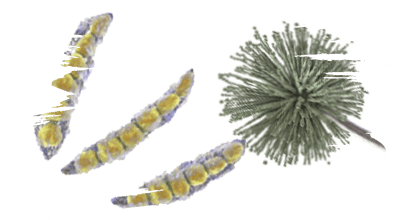
Just as DON, T-2 toxin, and zearalenone, emerging mycotoxins are also commonly produced by various Fusarium molds.
Furthermore, because molds produce multiple mycotoxins under the same environmental stressors, emerging mycotoxins are likely to be frequent co-contaminants in feed together with the main mycotoxins.
Therefore, a method for analysis of total mycotoxins, including emerging mycotoxins is highly desirable.
PROCEDURES


RESULTS
![]() Table 1 shows the mycotoxins analysed along with their corresponding Limits of Quantification (LOQ).
Table 1 shows the mycotoxins analysed along with their corresponding Limits of Quantification (LOQ).
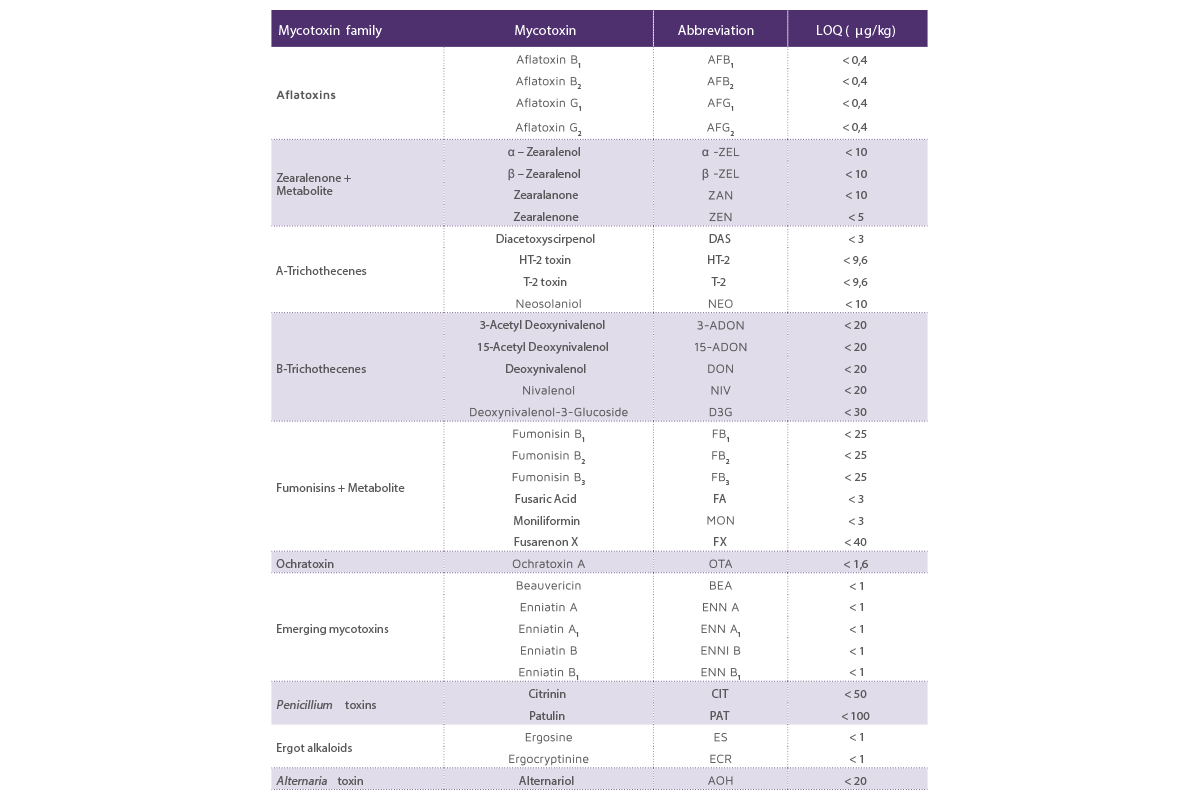
Table 1. Mycotoxins analysed and their LOQs.
Table 2 shows the recovery (%) of mycotoxins screened in corn, wheat, and barley.
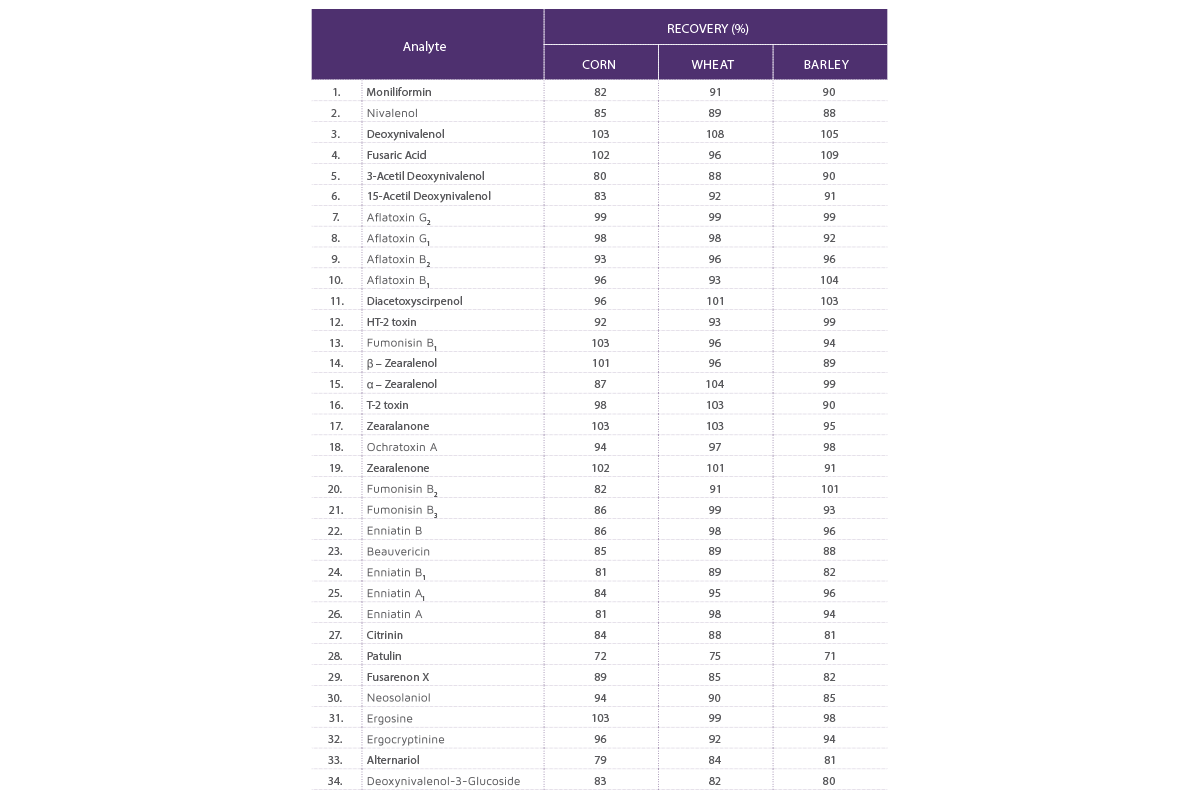
Table 2. Percentage of mycotoxins recovered in corn, wheat, and barley samples.

CONCLUSIONS
Analysis of 34 mycotoxins using CORTECS C18 column in Agilent 6460c LC-MS/MS showed a recovery of 71-109% for various mycotoxins.
![]() This proves that it is a robust method for analysis of 34 mycotoxins.
This proves that it is a robust method for analysis of 34 mycotoxins.
The detection of mycotoxins in food and feed samples is a matter of great importance due to their inherent toxicity.
These unavoidable contaminants cannot be eliminated and, therefore, the implementation of effective monitoring programs and stringent legal regulations can significantly contribute to the reduction and carry over of these mycotoxins in food chain.

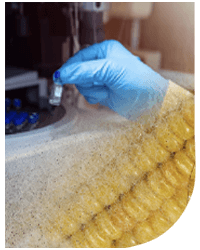
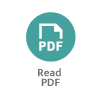


 Micotoxicosis prevention
Micotoxicosis prevention